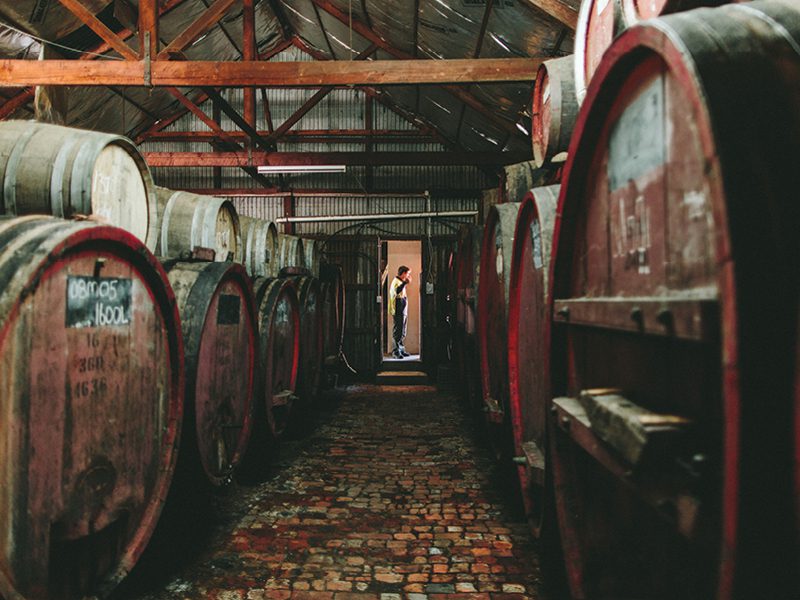
A bonus this time – two separate tasting benches with a distinct, even district, connection. Well, the first’s more a table than a bench, where the monthly Canberra tasting group sat at Pod Food, Pialligo, for a tasting of vintage ports and fortifieds. I chose the wines from the cellars of Wendy and Natasha Killeen, participant David Yeates and from my own. The plan was to follow the evolution of the Australian VP style over 40 years alongside a few Portuguese wines.
It’s reasonably common knowledge that the Australian style has gradually changed from the ‘sweet red’ of, say, the pre-1990 era to a drier, tauter style. This was via the introduction of Portuguese varieties, picking earlier at 13-14.5 Bé (with the commensurate need for more spirit) rather than 15-17 Bé and fortifying later to gain a final sweetness of around 3.5 Bé. (See Birks et al.) This more closely matched the Portuguese wines, which are typically also around 3.5-4 Bé, but often 20-21 percent alcohol by volume as opposed to Australia’s 18-19 percent. The Australian wines largely bore this out by taste, but I lack data for most of the wines.
The cork industry struck twice, but was even-handed here, with ’79 Hoffman’s VP (the same as Peter Lehmann AD 2000, I believe) and ’77 Taylors both affected, the second only marginally.
Going backwards, Chateau Reynella 1978 – six golds as a young wine – was rich, soft and sweet with chocolate/mocha flavours, as was the Hoffman as far as we could tell. Seppelt Clydeside Cellars 1975 was also quite rich and concentrated, if marred by a little aldehyde from ullage, but less sweet than the previous two. This was labelled as a blend of caracosa (later shown to be a clone of shiraz), cornifesto (classified as ‘good’ in Oporto) and xeres (a synonym for both graciano and shiraz!) A big contrast was Lindemans Bin 5432 1977 from the Felton and Southern Cross vineyards north of the Murray, which was the most elegant and savoury of the four. It was made from grand noir, finished at 20 percent alcohol and had multiple trophies and golds. Offley Boa Vista 1966, my wine of the night, was superbly complex and mature, still with fine tannins to dry the finish.
In an earlier bracket, Morris 1982 was in the full-bodied, sweet style, with rich beef-stock flavours. Intriguingly, Stanton and Killeen 1987, still in great shape, tasted drier and finer in spite of being all shiraz and also before Portuguese grapes or Chris Killeen assuming full responsibilities. The S&K 1980 (not tasted) shows 3.7 Bé on its label, suggesting that the drier trend did start earlier. Graham’s 1985 and Taylor’s 1977 were both excellent examples of their vintages, with superb elegance and complexity.
The opening wines showed a consistent feature – the perfume from touriga. In Rutherglen the variety doesn’t appear to gain the powerful tannins it does elsewhere, but the strong violet and blueberry fragrance – I often see marzipan as well – is often too much on its own. Chris Killeen and James Godfrey have both told me it needs other varieties – for Chris, durif and shiraz, as well as tinta roriz, tinta barocca and tinta cao. The biggest challenge is getting enough extract out of the traditional port grapes, hence the lagars in Portugal.
Pfeiffer Christopher’s 1997 (18.5 percent, 2.3 Bé), solely touriga, was still beautiful, showing the varietal perfume well. It had fine flavours, was relatively light in weight and dry. Stanton and Killeen 1997 (19 percent) had a stronger grip plus that touriga perfume, in spite of its small proportion in the blend. Its 2006 partner (18.2 percent, 3.3 Bé) still had fresh, dark berried fruit and plenty of fine tannin. All were in the drier, tauter ‘new’ style but none could match the powerful extract and concentration of Dows 2007, an outstanding wine.
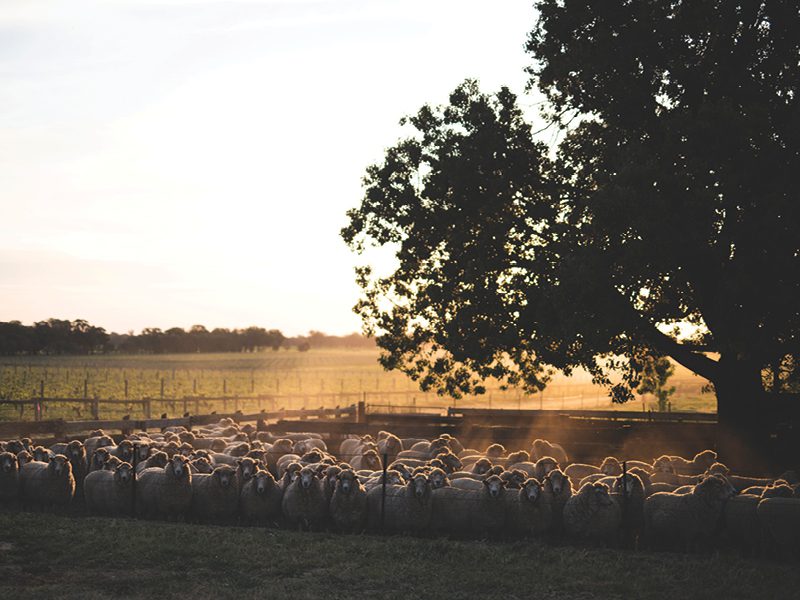
There’s a small but growing interest in vintage fortifieds and the Portuguese grapes are clearly having a major role, wherever they are made. But could someone please find a better name?
Rutherglen was the focus of another tasting, a pair of workshops on durif and emerging white varieties. The first was a follow-up to the workshop I reported on last year. This one again looked at WIP and bottled wines, which showed very distinct differences between vintages.
The 2017s are lighter structured wines than the 2016s with finer tannins, owing to the later, cooler season, but still showed deep colour and rich fruit. A couple of wines showed green olive overtones. 2016 was clearly a stronger vintage for all. The colours are mostly impenetrable with dense structures and heaps of ripe berry fruit. The alcohols were never intrusive. The 2015s were closer to ’17 than ’16. There was plenty of concentration, but I was surprised to find leafy characters in a couple of wines. The five 2014s supported Jen Pfeiffer’s comment that this was a great vintage for durif. The wines have power and concentration and will clearly be long-lived. It’s a shame that frost wrecked the vintage on so many blocks.
It was pleasing to see relatively fault-free wines, apart from sulfide and occasional aldehyde on some WIP wines. Brett’s only appearance was in a couple of older bottles.
The white workshop showed that, in a cooler year like 2017, Rutherglen could rise above the elements and make attractive riesling and an extraordinarily good pinot grigio. Really! We also tasted beautiful examples of fiano and arneis, varieties that also on a climatic basis could do well in the region. It was even clearer, however, that Rhône white varieties are highly suited to Rutherglen. The triple blend of marsanne, roussanne and viognier, in various combinations, works brilliantly there, and we tasted two-way blends and singletons that are also very good. When you think that Rutherglen is a warm, inland region with a dry, continental climate, yet occasional wet tropical incursions in late summer, you can see what a match it has for Rhône varieties that have grown up in a similar environment.
Every region in the country is discovering, if it didn’t know already, which varieties work well. Long may it continue!
Birks, A., Pfeiffer, C and Bulleid, N. Fortified Wines. In Australian Winemaking. https://winebookcellar.com.au/awm/for/

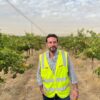

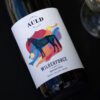


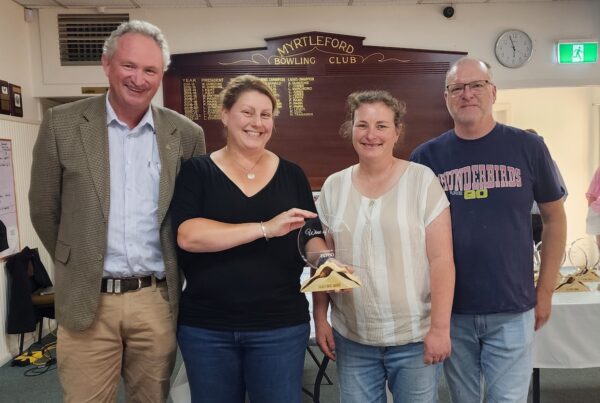
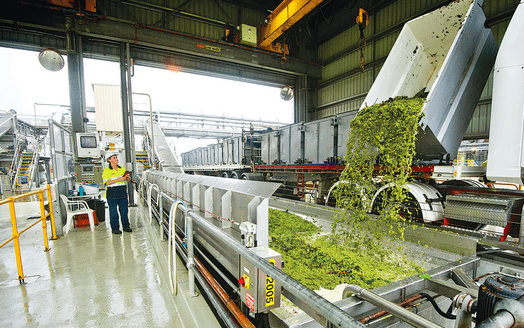
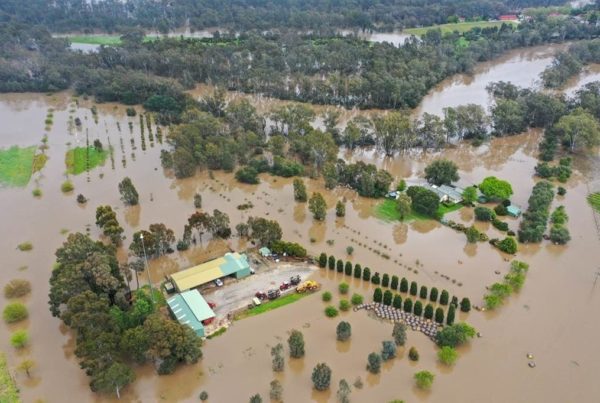
Recent Comments